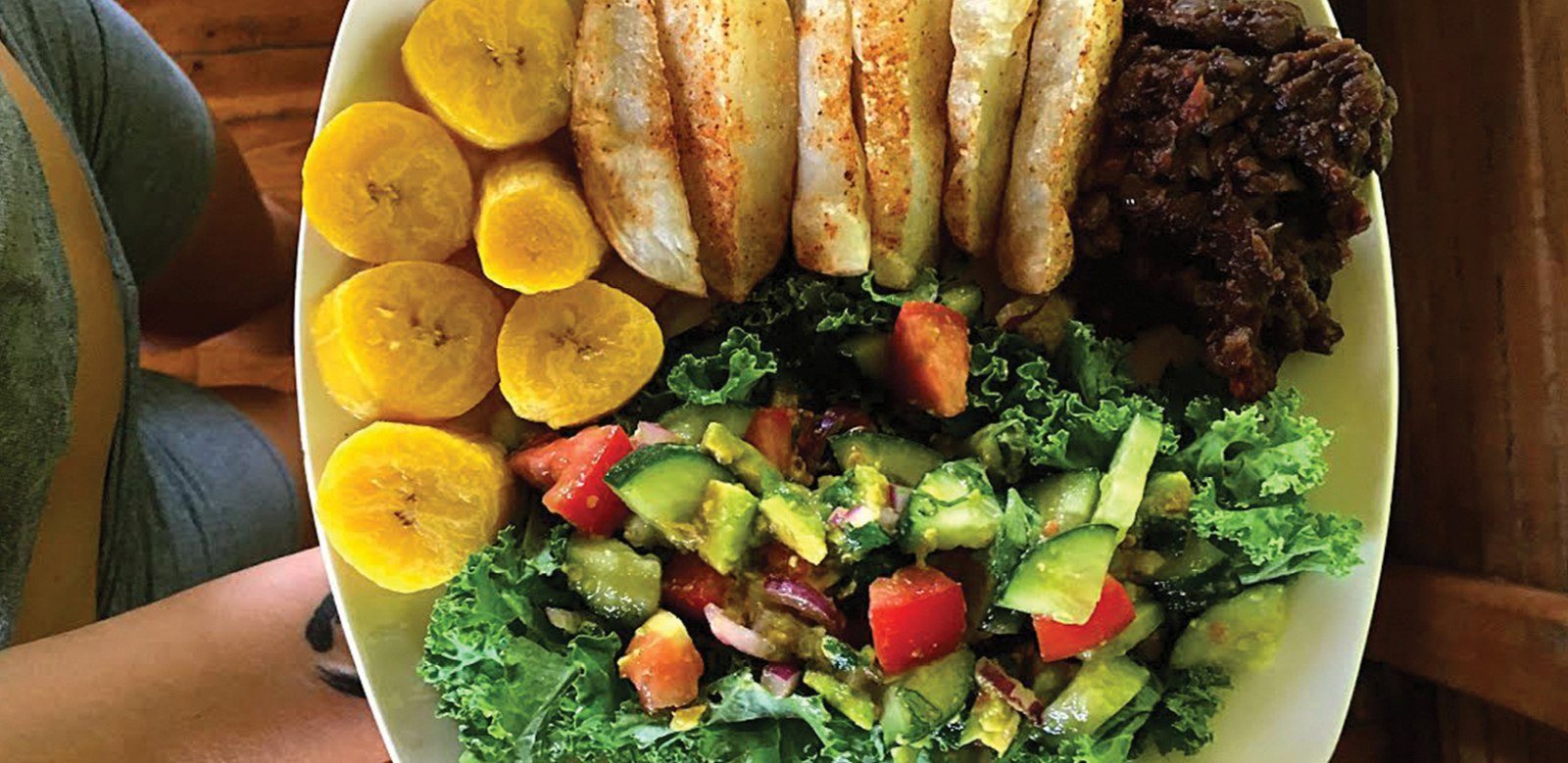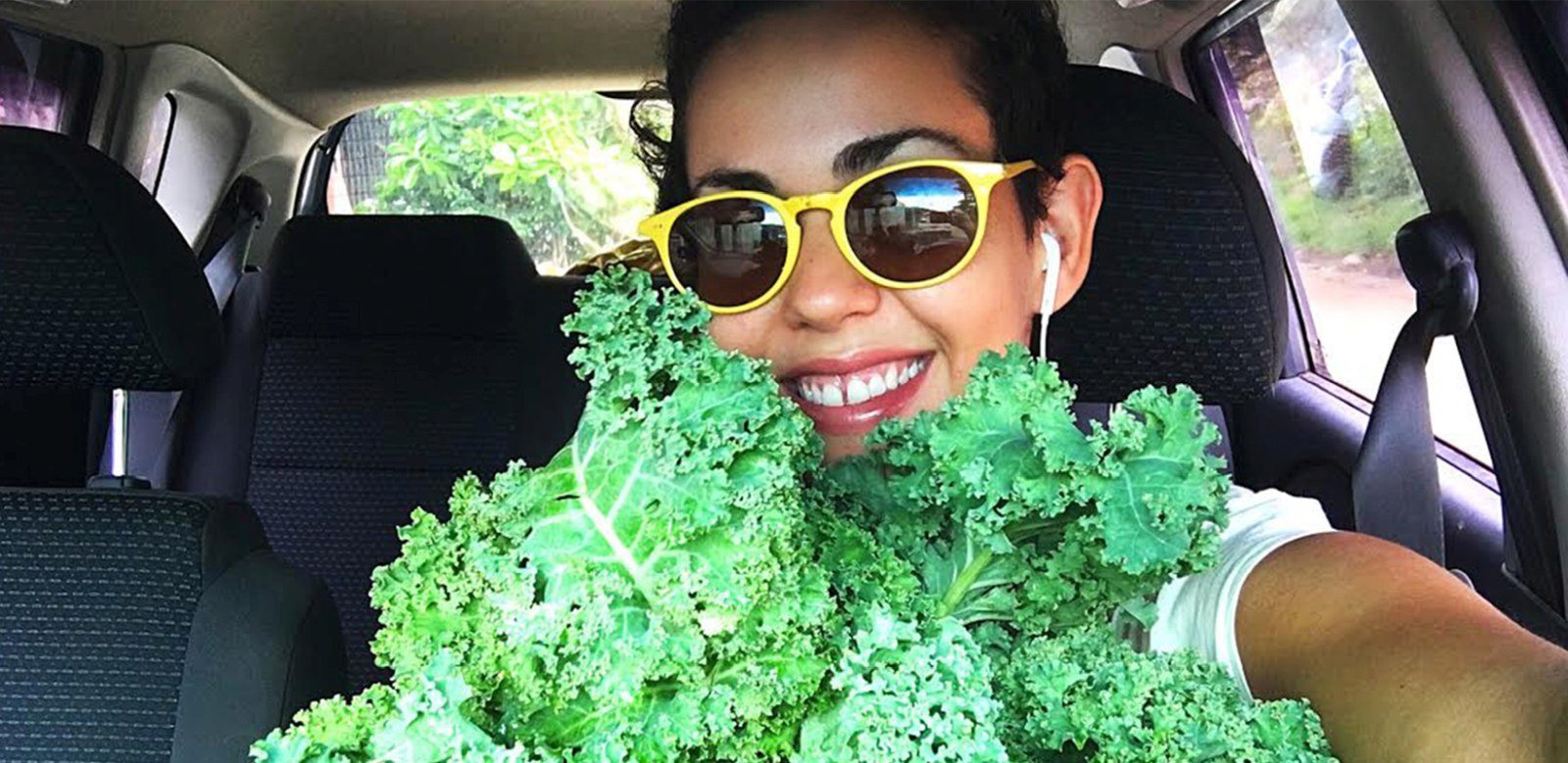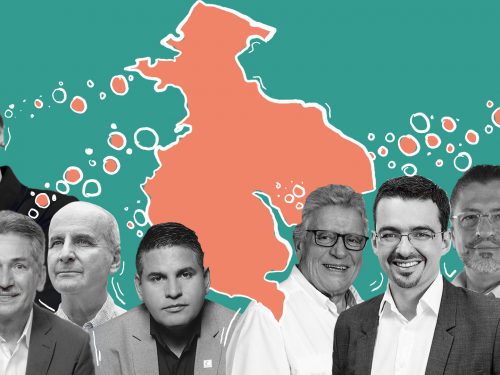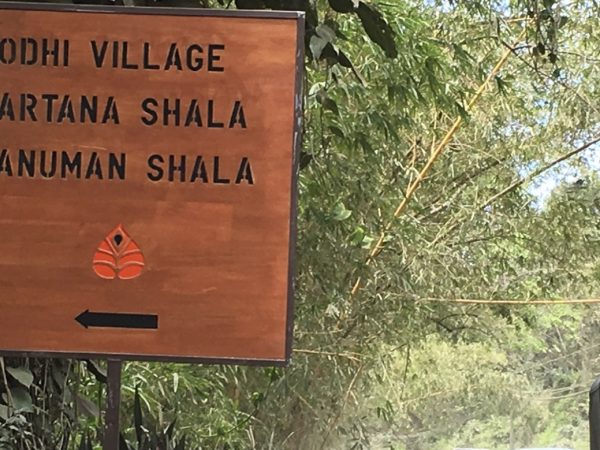
Fours years ago when I lived in San José, my diet consisted of processed and frozen food products, sandwiches, a lot of sugar and several fast-food options. Not only was I eating badly, but I also didn’t know how to cook or how to eat. Once, I tried to stop eating meat and it lasted about 15 days, because I had no idea how to nourish myself.
During the second attempt, I took it more slowly, managing not only to change my food habits but also to create a deeper connection with what I was eating. In other words, I began to change the way I ate, becoming more conscientious of the origins of animal food products.
It took me about eight months to eliminate beef, chicken, fish and seafood from my diet. Four months later, I began a vegan diet, eliminating any products derived from animals, including honey, cheese, natilla and milk. The transition went smoothly because from Day 1 I knew that if I wanted to be successful, I needed to provide nourishment to my body and learn everything I could about compassionate cooking.

Talking about veganism in a pueblo like Nicoya is like speaking another language. I often run into people who would like to change their diets but find it difficult to take the first step, especially if they don’t have much information or lack support from family members.
Rejecting food made from animal products isn’t a topic you frequently hear about around these parts, and at first glance it may seem like being a vegan is impossible. Be patient – it is possible.
These 8 tips will help you make a compassionate change to your diet and eating habits without killing you in the process:
1. Don’t grocery shop without a plan. Before you head to the supermarket, plan what you will eat for the entire week, and make a list of what you need to buy.
2. Figure out which items you always need in the kitchen. In my case, this includes leafy greens, chickpeas, lentils, quinoa, bananas and potatoes.
3. Dining out at sodas and restaurants can be frustrating, because few – if any –offer vegetarian fare (as is the case in Nicoya). Plus, daily specials at these establishments always include animals. But there’s no need to panic. Above all else, be clear with your waiter about your dietary needs and explain in detail that you do not wish to eat any animal product – not cheese, not butter, not eggs – and if nothing on the menu appeals to you, you can always order a casado with rice, beans, sweet plantain, tortillas and salad.
4. Know your local producers. Farmers markets take place once a week. These markets offer not only a picturesque experience and an excuse to start the day early, but also food that is less expensive than in supermarkets. Farmers markets allow you to get to know where your food comes from and how it was produced – before you put it in your body.
5. You can find macrobiotic stores in most canton centers in Guanacaste. Here you can buy all kinds of supplements, organic personal hygiene products not tested on animals, soy products and healthy snacks.
6. If you’re someone who can’t live without cow’s milk, try a vegetable-based substitute. Also look for almonds and cashews to make your own milk at home. It’s easy to make and you can find several recipes online.
7. Search for blogs and online recipes. Do a little Googling and you’ll find many vegan recipes online, as well as information on how to prepare your favorite ingredients. Contrary to popular belief, becoming a vegan is like entering a new world with lots of culinary creativity, textures, flavors and colors. There are many cruelty-free options.
8. If you can’t entirely eliminate animal products from your plate, try doing it little-by-little. Start once a week by participating in the international “Meatless Mondays” initiative. It will give your body – and the planet – a little breathing room.







Comments